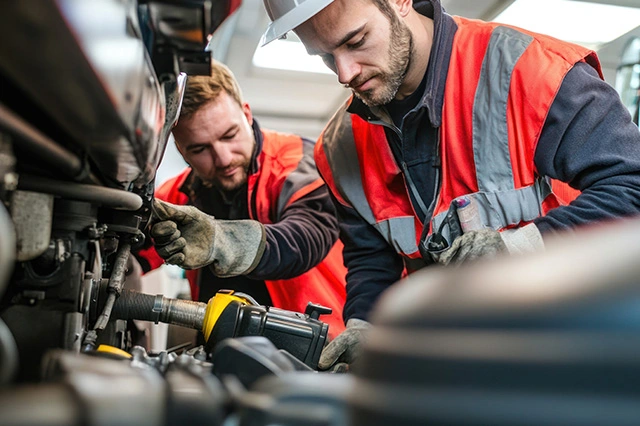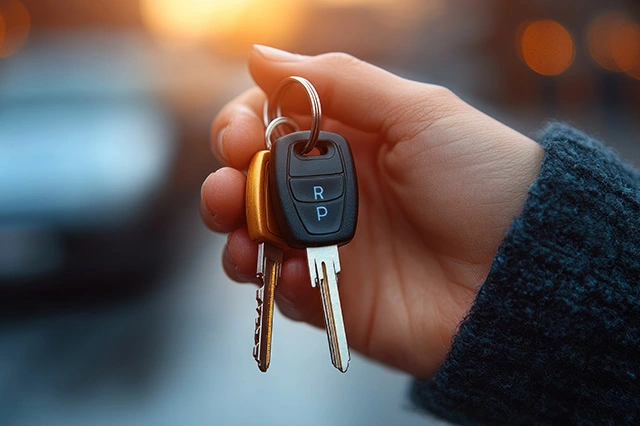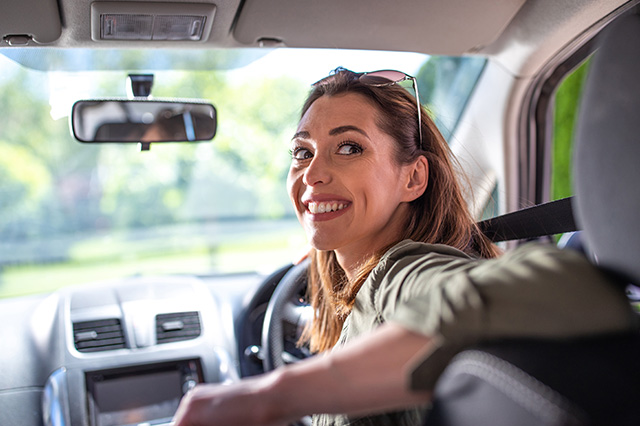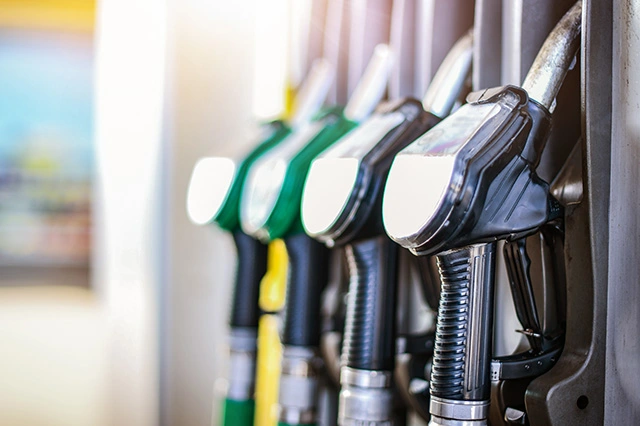As the warm, inviting days of summer roll in, there’s a marked increase in the number of drink driving convictions across the United Kingdom. Understanding the factors contributing to this seasonal spike is crucial in addressing the underlying issues and fostering safer roads for everyone.
Summer Socializing: A Recipe for Risk
One of the primary reasons for the surge in drink driving during the summer is the increase in social activities. Summer is synonymous with festivals, barbecues, beach parties, and extended evenings spent in beer gardens. These events often involve alcohol, and despite numerous campaigns warning against drink driving, the temptation to drive under the influence remains high. The relaxation and social atmosphere can lead to impaired judgment, making individuals more likely to take risks they might avoid in other seasons.
The Most Common Time to be Caught
Statistics indicate that the majority of drink driver arrests occur during the late evening and early morning hours, particularly between 10 PM and 4 AM. During these hours, people are often returning from nightclubs, pubs, or social gatherings where alcohol consumption is high.
The darkness and reduced traffic can create a false sense of security, leading some to believe they can drive without being detected. However, these are also prime times for police patrols and checkpoints specifically targeting drink drivers.
Monthly Breakdown of Drink Driving Convictions
An analysis of drink driving convictions reveals a noticeable pattern across the months:
- January: Post-holiday dip, around 2,000 convictions
- February: 1,800 convictions
- March: 2,100 convictions
- April: 2,300 convictions
- May: 2,700 convictions
- June: 3,000 convictions
- July: Peaks at 3,500 convictions
- August: 3,400 convictions
- September: 3,000 convictions
- October: 2,800 convictions
- November: 2,500 convictions
- December: Spikes to 3,200 convictions, coinciding with holiday festivities
The peak in July and August correlates with the height of summer activities and extended daylight hours, encouraging more social gatherings and, consequently, more opportunities for drink driving.
The Added Level Of Drug Driving
The use of illegal substances has also become a lot more prevalent among those drink driving. With many combing the use of alcohol with substances like marijuana or cocaine, the increase of drug driving and subsequent DG10 convictions increase.
Age Group Most Often Caught
Young adults, particularly those aged between 18 and 30, are most frequently caught drink driving. This demographic is more likely to engage in social drinking and to be overconfident in their ability to drive after consuming alcohol. Peer pressure and a sense of invincibility often contribute to the risky behaviour observed in this age group.
Addressing the Issue
Efforts to combat drink driving during the summer months include increased police presence, driving bans and sobriety checkpoints. Public awareness campaigns are also ramped up to remind drivers of the dangers and legal consequences of driving under the influence. Educational programs targeting younger drivers emphasize the risks and long-term impacts of drink driving.
While summer brings warmth and joy, it also presents significant challenges in road safety. The increased social activities, combined with longer days and more opportunities for alcohol consumption, contribute to the higher number of drink driving convictions. By understanding these patterns and continuing robust preventive measures, it is possible to mitigate the risks and keep the roads safer for everyone.
Been Caught Drink or Drug Driving?
If you have been caught drink or drug driving and are looking for insurance. We can help you compare drink driving insurance, banned driver insurance, DG10 Insurance and DR10 Insurance.







